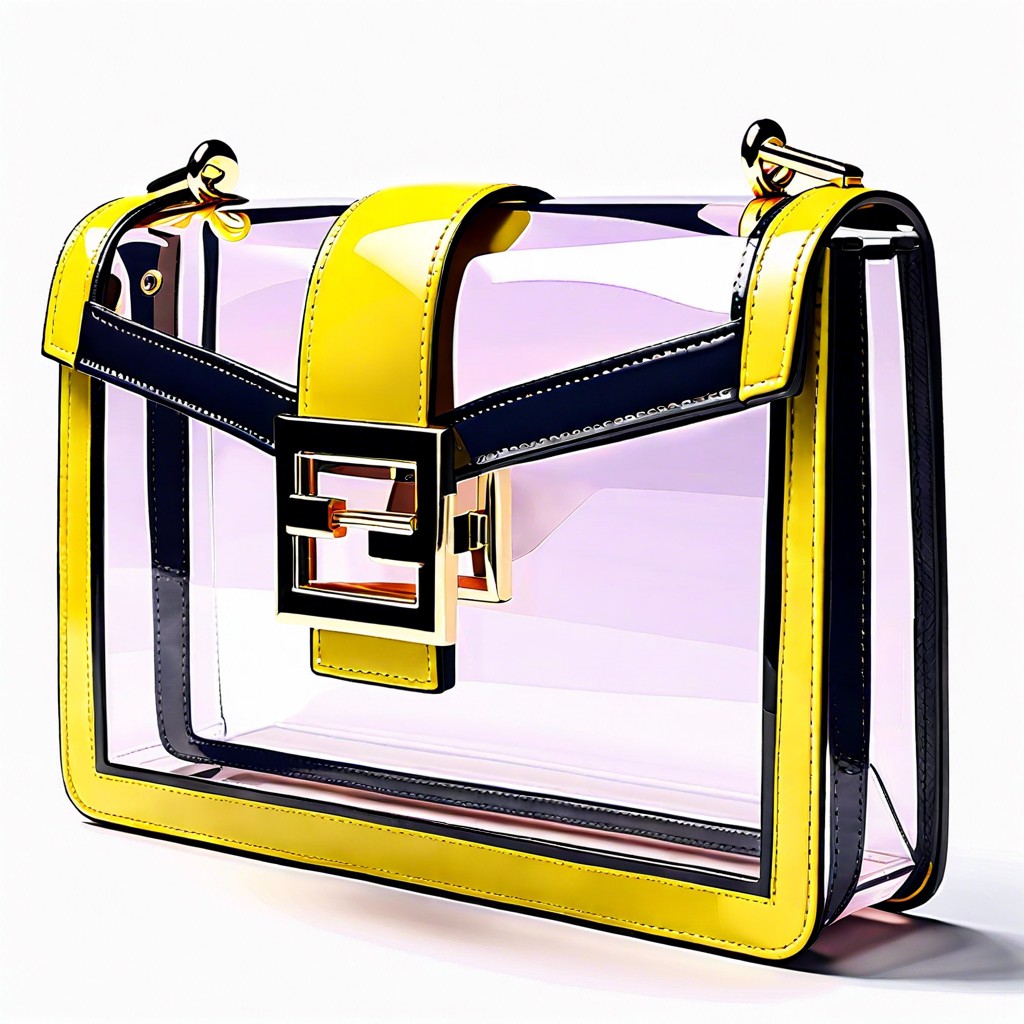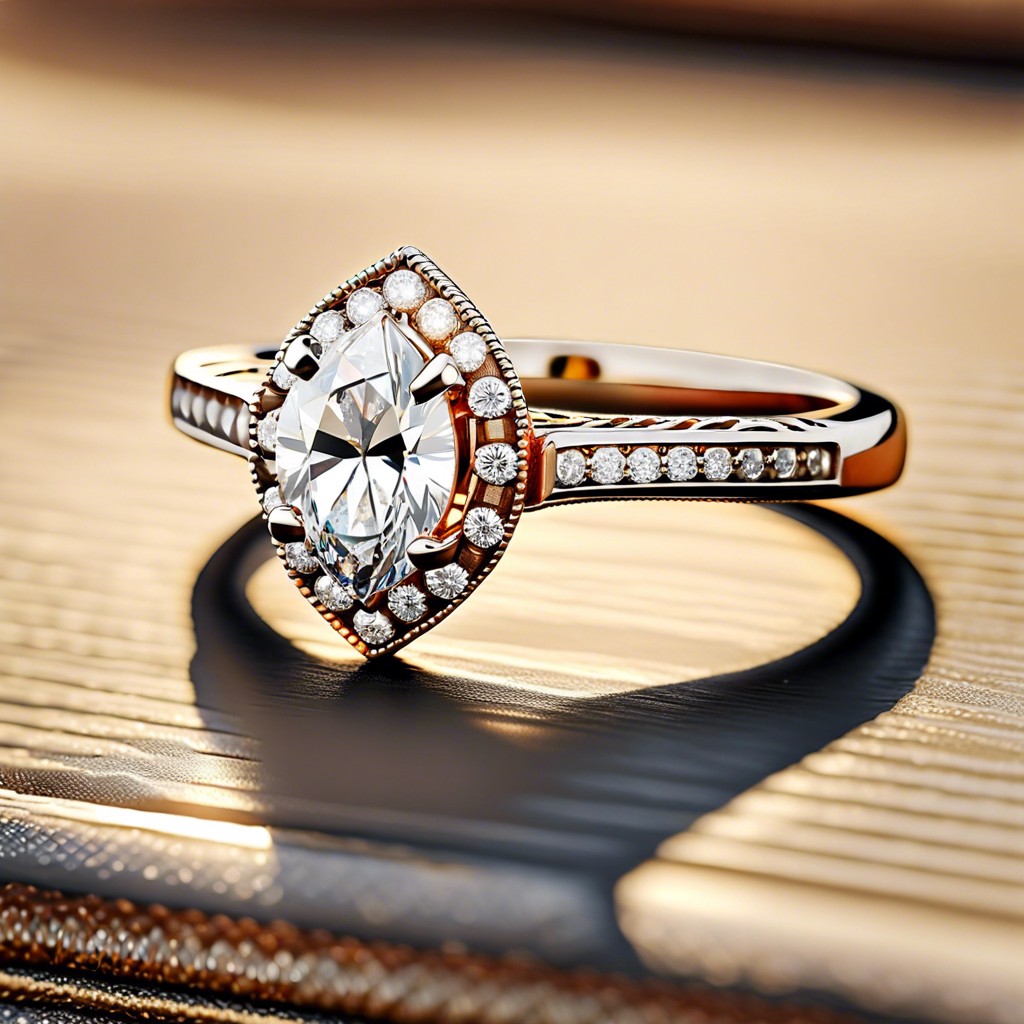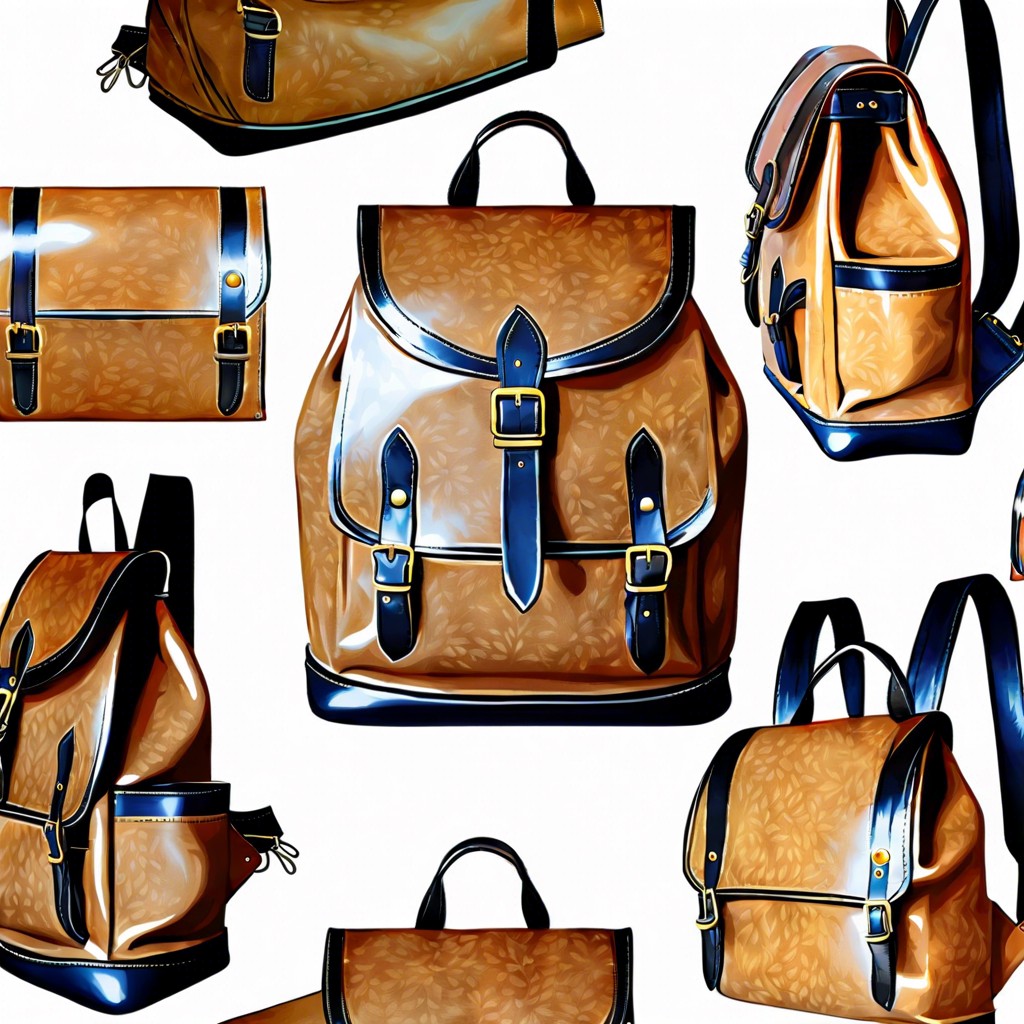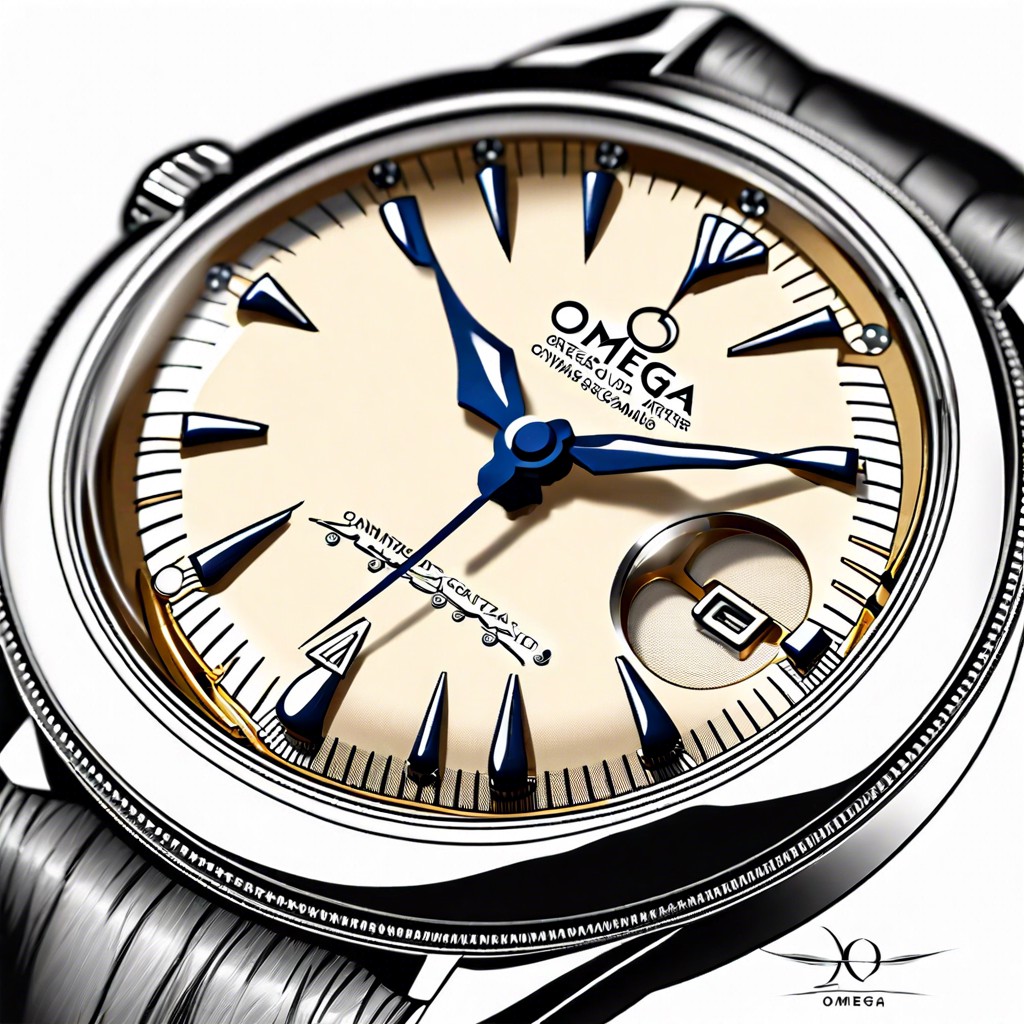Last updated on
Discover how to select the perfect vintage ring with practical tips and expert insights to guide your purchase.
Key takeaways:
- Vintage rings reflect the social and cultural changes of their times.
- Low dome rings offer elegance, comfort, and practicality.
- Gem shape reflects the artistic and cultural trends of the era.
- Factors influencing the value of vintage rings include age, craftsmanship, provenance, rarity, and market trends.
- When selecting a vintage engagement ring, assess condition, research the era, consult an expert, consider style preferences, and explore insurance options.
Historical Significance of Vintage Rings
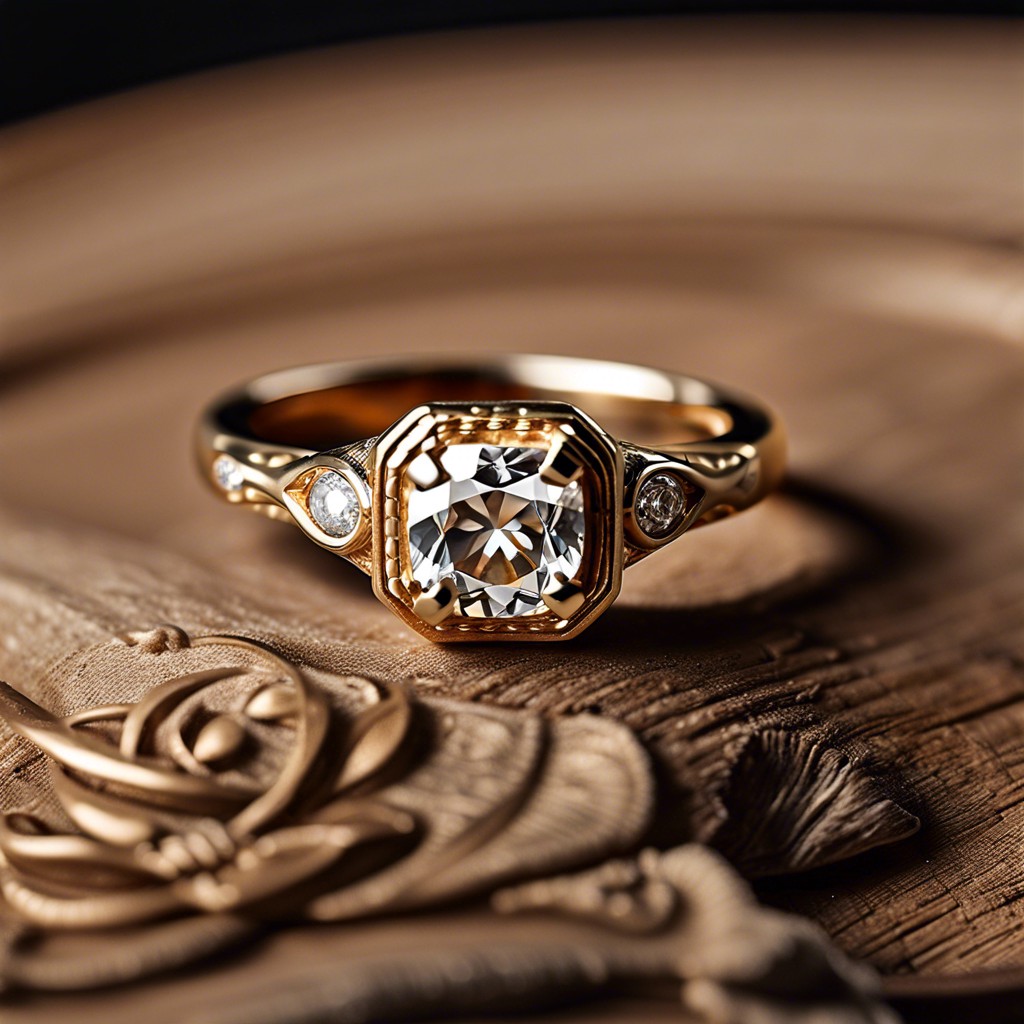
Vintage rings are tangible connections to the past, each with a story to tell. From the Georgian to the Mid-Century Modern era, their designs reflect the social and cultural changes of their times. Georgian rings (1714-1837) often feature intricate metalwork and precious stones in closed back settings, embodying the era’s craftsmanship. Victorian rings (1837-1901) can be identified by their romantic motifs and the frequent use of pearls and diamonds, signifying the love and mourning practices of the period.
Moving into the 20th century, Edwardian rings (1901-1915) showcase elaborate filigree work and lacy patterns, indicative of the opulence of the time. Art Nouveau rings (1890-1910), with their flowing lines and nature-inspired motifs, broke traditional design constraints, much like the social movements of the day. The Art Deco period (1920-1935) introduced bold, geometric patterns and vibrant gemstones, mirroring the exuberance of the Roaring Twenties.
Rings from the Retro era (1935-1950) are characterized by large, colorful gemstones and oversized designs, reflecting the Hollywood glamour and escapism post the Great Depression. Mid-Century Modern rings (1950-1960s) often boast cleaner lines and abstract shapes, embodying the innovation and forward-thinking of the post-war period. Each vintage ring not only exemplifies the aesthetic preferences of its era but also offers insight into the historical context that gave rise to its creation.
Recognizing the Allure of Low Dome Rings
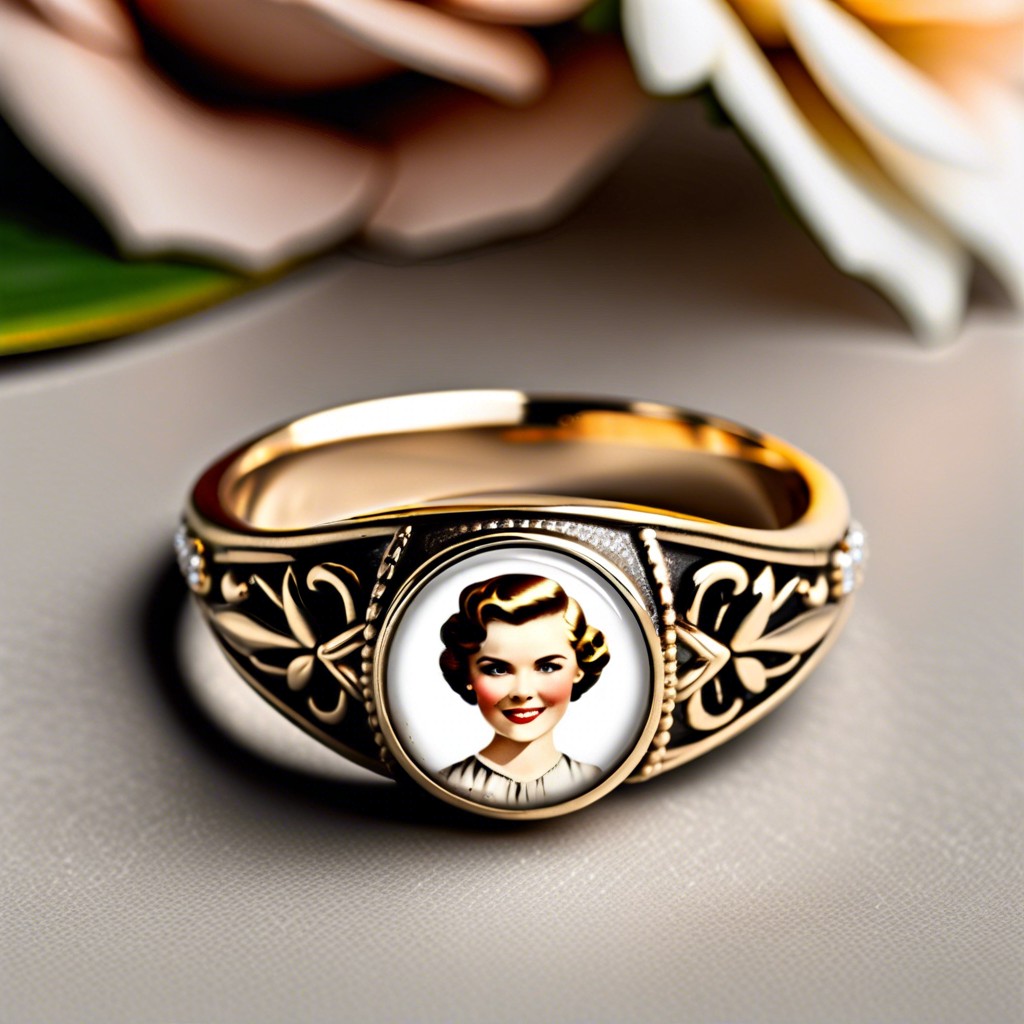
Low dome rings, often hailed from the Retro era, circa 1935 to 1950, possess a distinctive, modest curvature atop their bands, endearing them to those seeking elegance and comfort. The soft, rounded nature of the dome allows the ring to sit flush against the finger, minimizing snags and making it practical for everyday wear. Meanwhile, the subtlety of the dome offers a canvas for intricate design without overpowering the piece’s overall aesthetic.
Gemstones set in low dome rings typically feature secure bezel settings or subtle prong settings, contributing to the ring’s sleek profile and vintage charm. Metalwork, such as filigree or milgrain detailing, often adorns these bands, marrying the simplicity of the dome with sophisticated embellishment.
These rings cater to a diverse range of tastes, from individuals who appreciate the understated refinement of bygone fashions to those searching for a piece that marries vintage allure with modern-day practicality. Opting for a low dome ring is not merely a stylistic choice but also a nod to the era’s ingenuity in creating timeless pieces that cater to both form and function.
Influence of Gem Shape On Vintage Ring Design
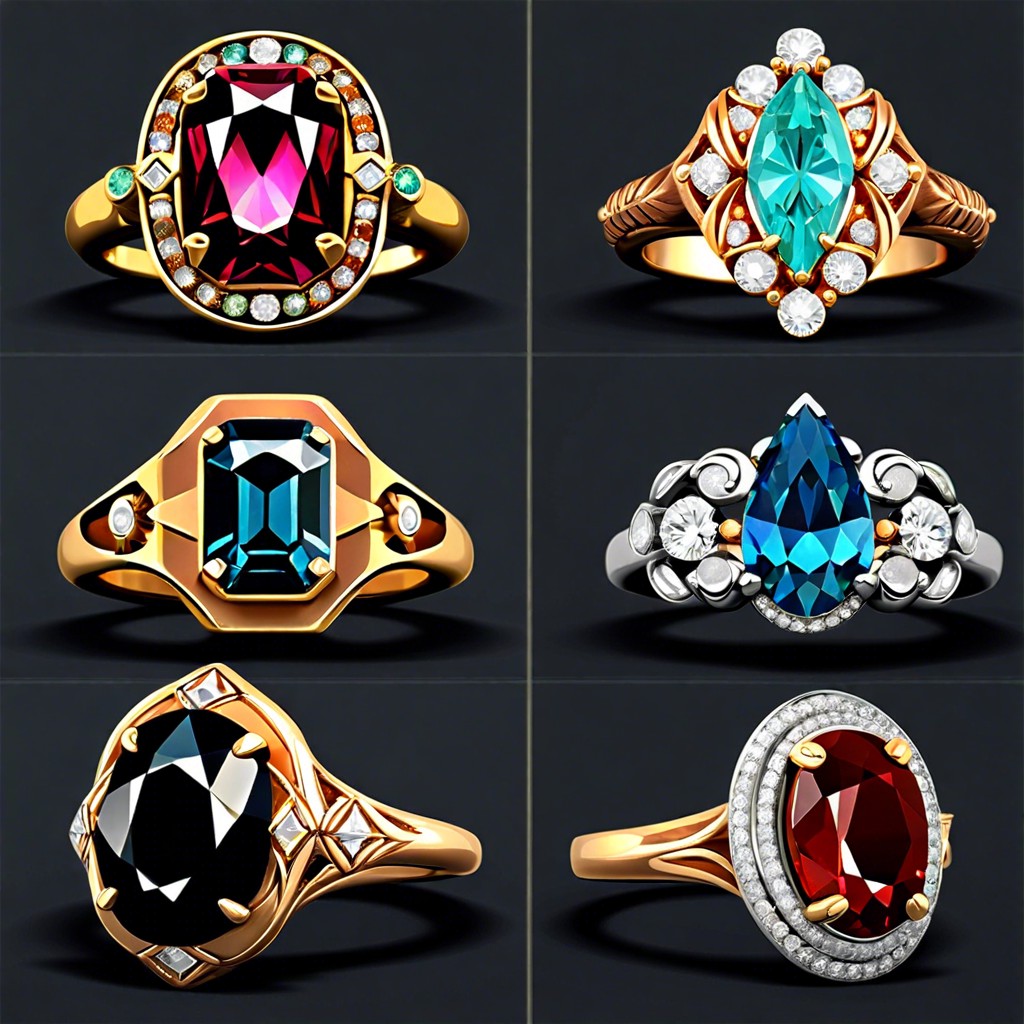
Gem shape plays a pivotal role in the overall appearance of a vintage ring, reflecting the artistic and cultural trends of its era. Many antique rings feature old mine or European-cut diamonds, which exhibit softer, more diffused brilliance compared to modern cuts. These older cutting styles, with their unique silhouette and larger culet, echo the handcrafted authenticity of the period.
Colored gemstones from different periods, such as the deep reds of Victorian garnets or the bright greens of Edwardian peridots, often have idiosyncratic cuts that contribute to the ring’s distinctiveness. The cut of these stones was dictated by the technology and aesthetic preferences of the time, producing shapes that might seem unconventional by today’s standards but possess an undeniable charm.
The cabochon, a gem cut that is polished but not faceted, is another important shape frequently seen in vintage settings, particularly within Art Nouveau and Arts and Crafts designs. Its smooth, rounded surface complements the intricate metalwork of these eras and highlights the natural beauty of opals, turquoise, and other stones favored during these movements.
The gem shape can also affect the ring’s architecture. For example, step-cut stones like emeralds were often used in Art Deco designs, aligning with the geometric and streamlined motifs popular in the 1920s and 1930s.
Understanding the impact of gem shape on vintage ring design enriches an appreciation for these timeless pieces. Insight into how these shapes interplay with design elements helps collectors and enthusiasts recognize the ring’s provenance and value.
Factors Influencing the Value of Vintage Rings
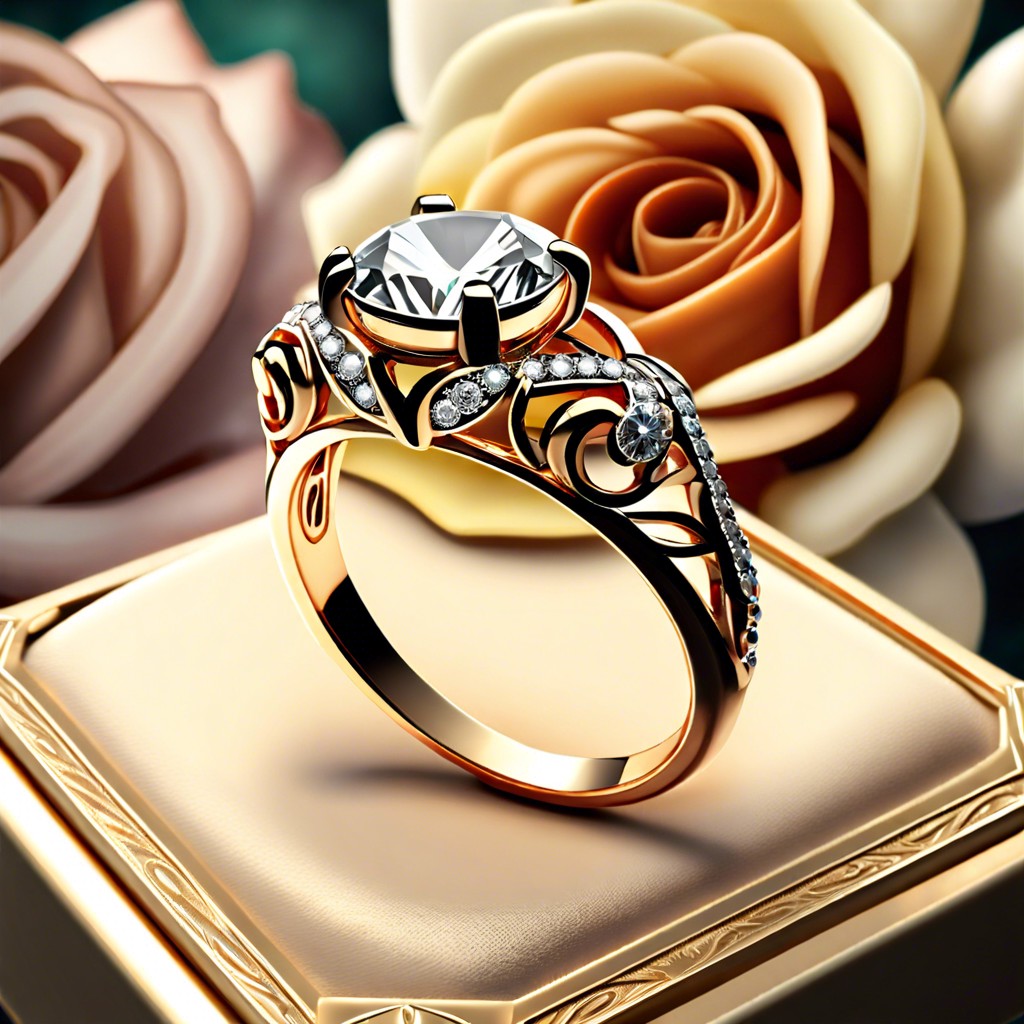
The age of a vintage ring often affects its value; older pieces, particularly those from notable historical periods like the Victorian era or Art Deco movement, can command higher prices.
Craftsmanship and condition play critical roles. Rings with superior craftsmanship that have withstood the test of time without significant damage are more sought after.
Provenance adds considerable value if the ring’s history can be traced to notable previous owners or if it was crafted by a renowned jeweler.
Rarity of design or materials can elevate a ring’s value. Unique patterns, discontinued motifs, or the use of now-unavailable gemstones make a ring more desirable to collectors.
Market trends should not be discounted. Popularity of certain styles fluctuates, and rings that align with current trends may see a surge in value.
Lastly, authenticity and modifications impact value. Authentic pieces that retain original features are preferable, while rings that have been altered or restored may lose value unless done by a respected professional.
Expert Tips for Selecting a Vintage Engagement Ring
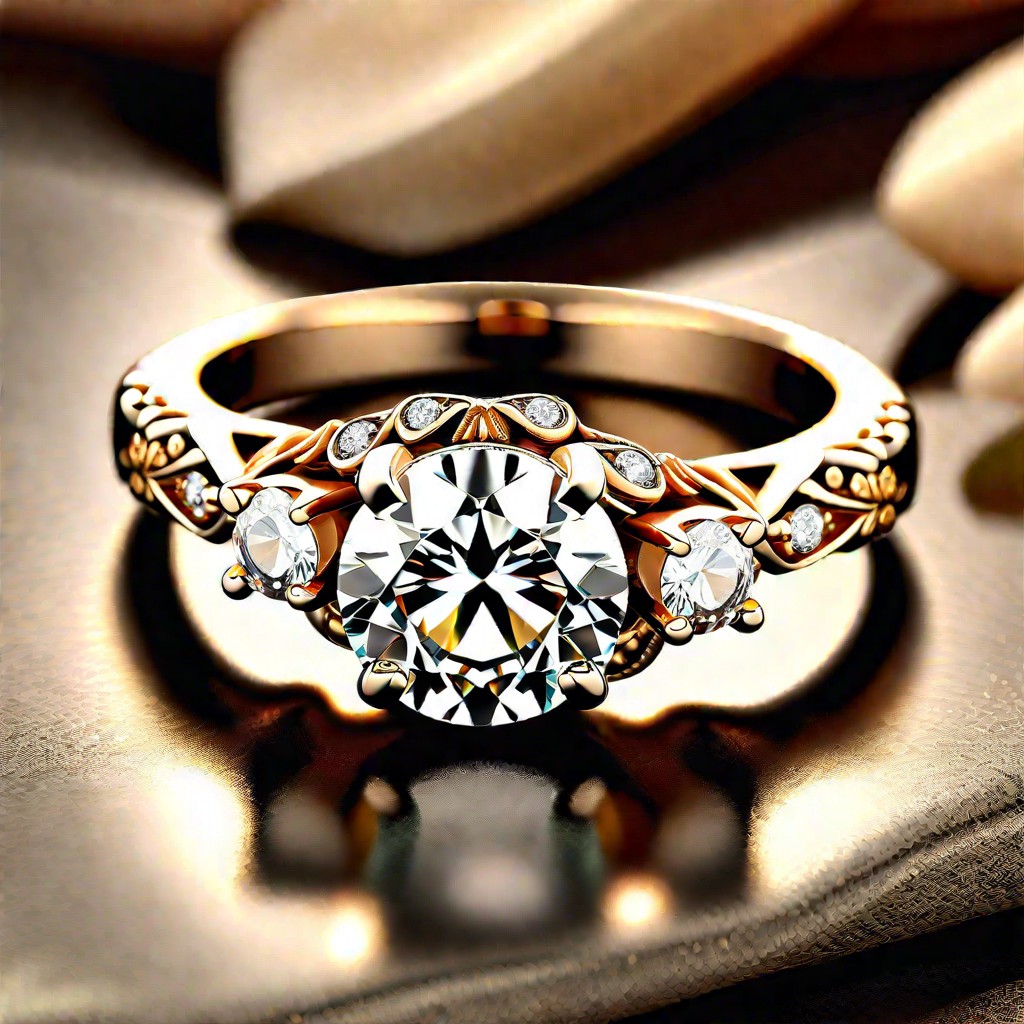
Assess the ring’s condition with a careful eye to ensure the setting is secure and the stones are intact. Look for signs of repair or alterations which can affect the ring’s authenticity and, consequently, its value.
Research the era of the ring to grasp its historical context, which can shed light on the materials used, the craftsmanship, and its potential as a collector’s item.
Consult a reputable jeweler or an appraiser familiar with vintage jewelry to verify the ring’s provenance, authenticity, and to obtain an accurate appraisal.
Consider the style preferences and lifestyle of the wearer, as some vintage rings are more delicate and may not be suitable for everyday wear.
Ensure that any vintage engagement ring you’re interested in can be resized if needed, as older rings may come in different size standards or be structured in a way that makes resizing challenging.
Explore options for insurance specific to antique jewelry which can offer coverage for any potential repairs or losses, giving peace of mind when investing in a vintage piece.

